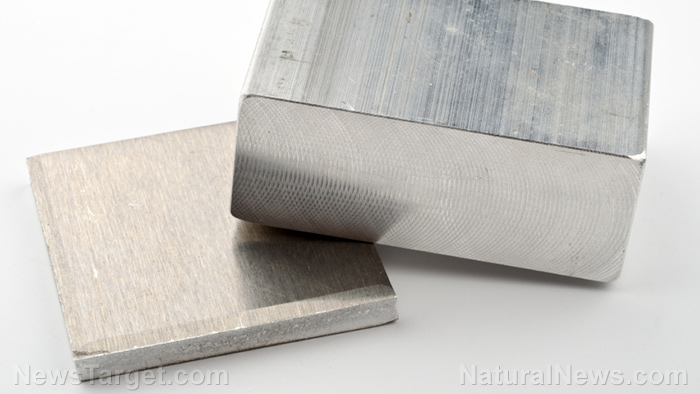
In trials, it reportedly purified samples of heavily-contaminated water in just half an hour. It also killed nearly all of the microorganisms in the examples, including E. coli. The combination of speed and efficiency met China's standards for safe potable water.
Earlier photocatalytic disinfectants use metals to achieve their antimicrobial effects. However, they also generate secondary pollution and leave heavy metal ions in the water.
In comparison, the Chinese-developed disinfectant achieved fast and efficient water purification without producing any new pollutants or residues. It was poised to serve as an eco-friendly alternative to metal-based photocatalysts.
Beijing's Chinese Academy of Sciences (CAS) and Jiangsu's Yangzhou University (YZU) provided support to the researchers. They published their findings in the science journal Chem.
One of the senior authors of the study's paper is Dan Wang, a researcher at the CAS' Institute of Process Engineering (IPE). Wang explained that the widespread adoption of photocatalytic disinfection technology would greatly improve diminishing supplies of clean water and global energy. (Related: Is there arsenic in your water? A new report claims domestic well water could be poisoning 2 million people.)
Carbon-based photocatalysts are cleaner but also less efficient than metal-based ones
Conventional water purification techniques use chlorine, ozone, or ultraviolet light to kill microbes in the water. Meanwhile, photocatalytic disinfection uses catalysts, substances that encourage specific chemical reactions.
Catalysts used in water purification produce reactive oxygen species that are lethal for microorganisms. But they require energy to trigger these chemical reactions. Earlier techniques passed an electric current through the water for the disinfectant. More recently, photocatalysts can convert photons into the energy they need to generate reactive oxygen.
Non-metallic catalysts can purify water without producing by-products that harm the environment. However, these greener catalysts also suffer from lower efficiencies compared to their metal-based counterparts.
Carbon-based catalysts also have this problem. Carbon nanotubes, graphene oxide, and other catalysts cannot generate enough reactive oxygen to kill pathogenic microorganisms. As a result, they cannot be used to treat water.
New photocatalyst purifies water safely, quickly, and cleanly
In response, the Chinese researchers designed a carbon-based catalyst that circumvented these drawbacks. They selected graphitic carbon nitride – a two-dimensional material that produced reactive oxygen species when hit by light – as their material.
They manufactured nanosheets of graphitic carbon nitride that measured just one atom in thickness. The thin shape maximized the surface area of the catalyst, which, in turn, increased the number of reactions and the amount of reactive oxygen.
The new catalyst generated hydrogen peroxide. The reactive oxygen species triggered oxidative stress in the cell walls of bacteria and disrupted the chemical structures of the microbes, a lethal combination against E. coli and other pathogens.
"The scale-up for both the catalysts and the device is not difficult," Wang remarked. "The construction of this material is completely metal-free, and one of the key components, the plastic bag, is commercialized, which makes it easy to obtain."
He and his colleagues at the CAS-IPE and YZU plan to refine their new carbon-based photocatalytic disinfectant until it is deemed ready for commercial release. They want to increase the photon-absorbing capability of graphitic carbon nitride, come up with antibacterial fibers to increase its effectiveness at killing bacteria in water, and streamline the process of preparing the nanosheets.
"Purification needs other devices for removing heavy-metal ions, adjusting pH, and removing residue," Wang concluded. "We need to combine our system with others to meet water-purification requirements."
Sources include:
Please contact us for more information.






















